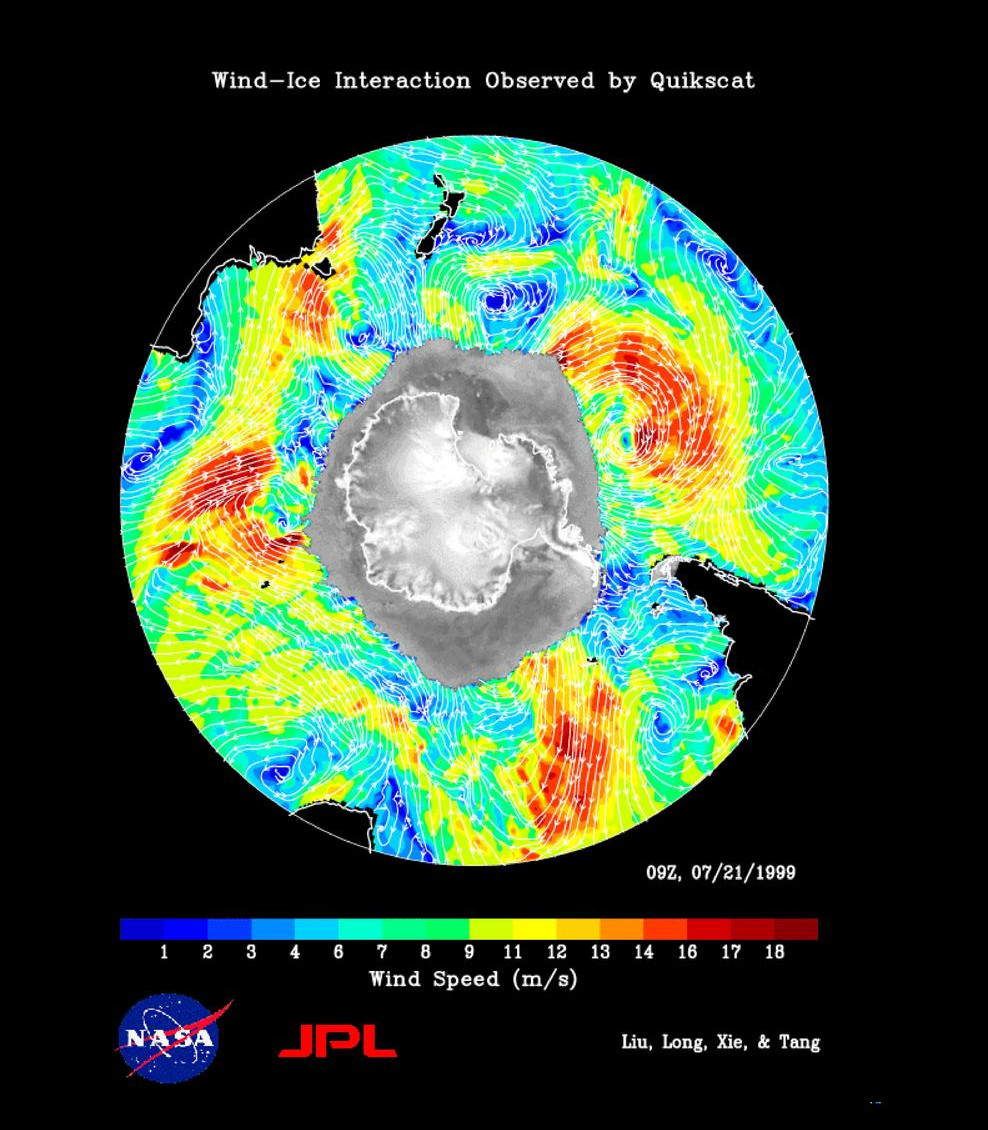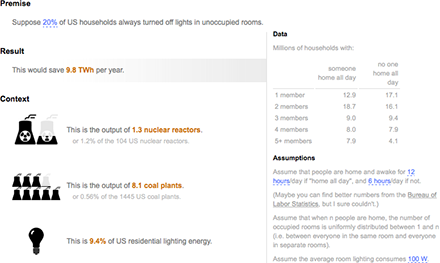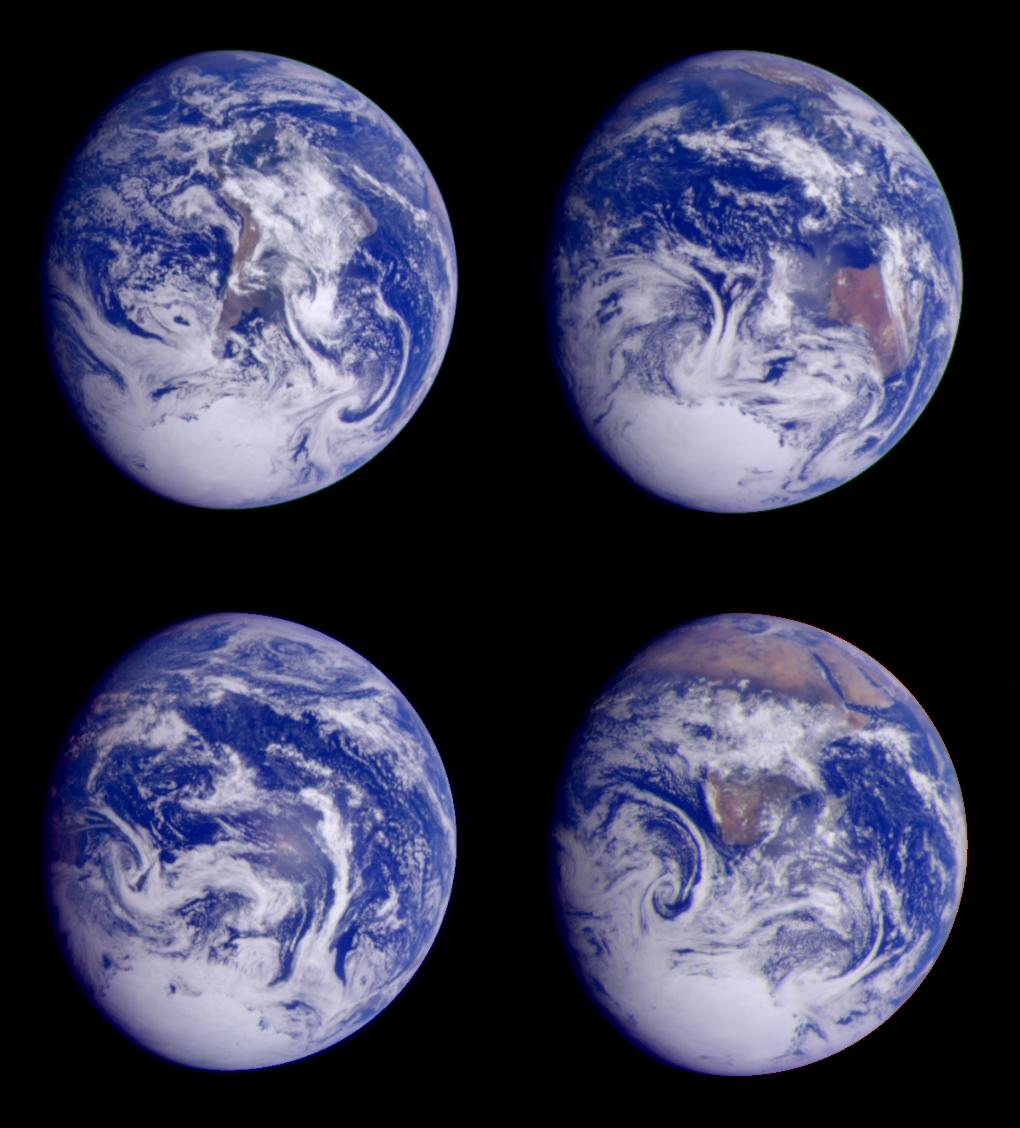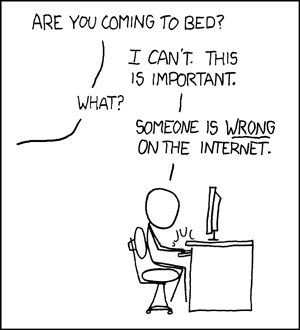 NASA/JPL. Seawinds Wind-Ice Interaction. Image, 2000.
NASA/JPL. Seawinds Wind-Ice Interaction. Image, 2000.
Climate change belongs to a class of problems so profound, they seem intractable.Such problems can range from Timothy Morton’s Hyperobjects to multi-dimensional personal questions about what you should do about your marriage or career. The former represents vast temporal and spatial physical dimensions beyond comprehension, the latter life-sized inner dimensions that have perplexed countless individuals through history.
Information has been collected, models have been created, options have been weighed, and the emission of greenhouses gasses continue to rise. If CO2 emissions do curb this year, it will be the result of a worldwide pandemic rather than the first step in a thoughtful response to a tremendous problem.
Last week, someone (yet again) shared Bret Victor’s seminal 2015 call to action, What Can a Technologist Do About Climate Change? on Hacker News. The article has appeared often on the website - once the year it was published, once in 2016, seven times in 2017, four times in 2018, and once so far this year. It seems that technologists really want to know what they can do about climate change.
Midway through What Can a Technologist Do About Climate Change?, Victor opines that public discourse on climate relies on “tips, soundbites, factoids, and emotional rhetoric” rather than “evidence-grounded models.” He suggests a solution for working with and discussing profound problems: better tools for model-driven debate, model-driven reading, and model-driven authoring. Essentially, make the model part of the story:
The point of embedding a model is that the reader can explore scenarios within the context of the document. This requires tools for authoring “dynamic documents” — documents whose contents change as the reader explores the model.Bret Victor, “Bret Victor, Beast Of Burden”, worrydream.com, 2015.
 A still from Bret Victor’s “explorable explanation,” Ten Brighter Ideas? (2010). A still image cannot capture the concept, it should be experienced to be understood.
A still from Bret Victor’s “explorable explanation,” Ten Brighter Ideas? (2010). A still image cannot capture the concept, it should be experienced to be understood.
I’ve long-appreciated Victor’s perspective in this article. But the general public understands little about how models work and what they promise. There is no evidence that explorable models in the New York Times has done much to move the conversation in the United States on gun violence or climate change, let alone lawmakers.Most of my work in this area is because I believe that better information and communication tools will lead to better outcomes. I don’t have much evidence for it. If you do, please send me an eMail and start a conversation.
For people concerned about climate change, it’s easy to become angry over inaction. But the only place to start is daily action. The first steps are small. From the book Mindfully Facing Climate Change:
Even small steps taken in daily life are significant. They are significant not because on their own they will change the whole world. They are significant because they contribute to a network of causes and conditions that can change the whole world.Bhikkhu Anālayo, Mindfully Facing Climate Change (2020), 149.
The impact of a “network of causes and conditions” should be a lived experience for all of those reading this blog on the internet. Network effects are real and they certainly matter. Individual actions are more than just actions, they are nodes of communication to others in the network.This is an empirical view of communication, networks, and actions, not a half-hazard metaphorical construct. On the latter, “It seems difficult to ground ecological concerns coherently by anthropomorphizing the earth as a mother whose benevolent care needs to be recompensed, by viewing animals and plants as sacred, or by relying on the notion that everything is interrelated.” Bhikkhu Anālayo, Mindfully Facing Climate Change (2020), 149.
Yet the internet appears to be an ally as much as an enemy. Misinformation spreads - from the climate hoax to the flat earth.Ignoring reality is a predictable response. “As a consequence of being made aware of their mortality, people can cling strongly to their views and sense of identity as a way of fending off the sense of being threatened. Just being briefly reminded of the fact of death can make individuals react in ways that are more narrow-minded, biased, and fundamentalist, as strategies for avoiding the realization of their own mortality.” Bhikkhu Anālayo, Mindfully Facing Climate Change (2020), 155.
 Four views of our (round) home from a single vantage point. NASA/JPL/Johns Hopkins University. Global Images Of Earth. Image, 1997.
Four views of our (round) home from a single vantage point. NASA/JPL/Johns Hopkins University. Global Images Of Earth. Image, 1997.
Some of us respond by indulging in anger and engaging in debates we know are fruitless.“Duty Calls”, XKCD 
Others of us yield to worry - a form of self-torment. In both cases, we forget why we embarked on this networked society in the first place. It’s because we believe that a more literate public is a better public; we believe that a public that communicates is a healthier public.
This may be an erroneous premise. There are no models for what we are building. The information technology itself is fraught with the assumptions made when building the internet. The work of refining the software into a more equanimous form will probably be a project without end.
So the tools have yet to prove their worth. But the endeavor is young and the process of turning information into knowledge is long. Only with knowledge (and experience) can wisdom be revealed.